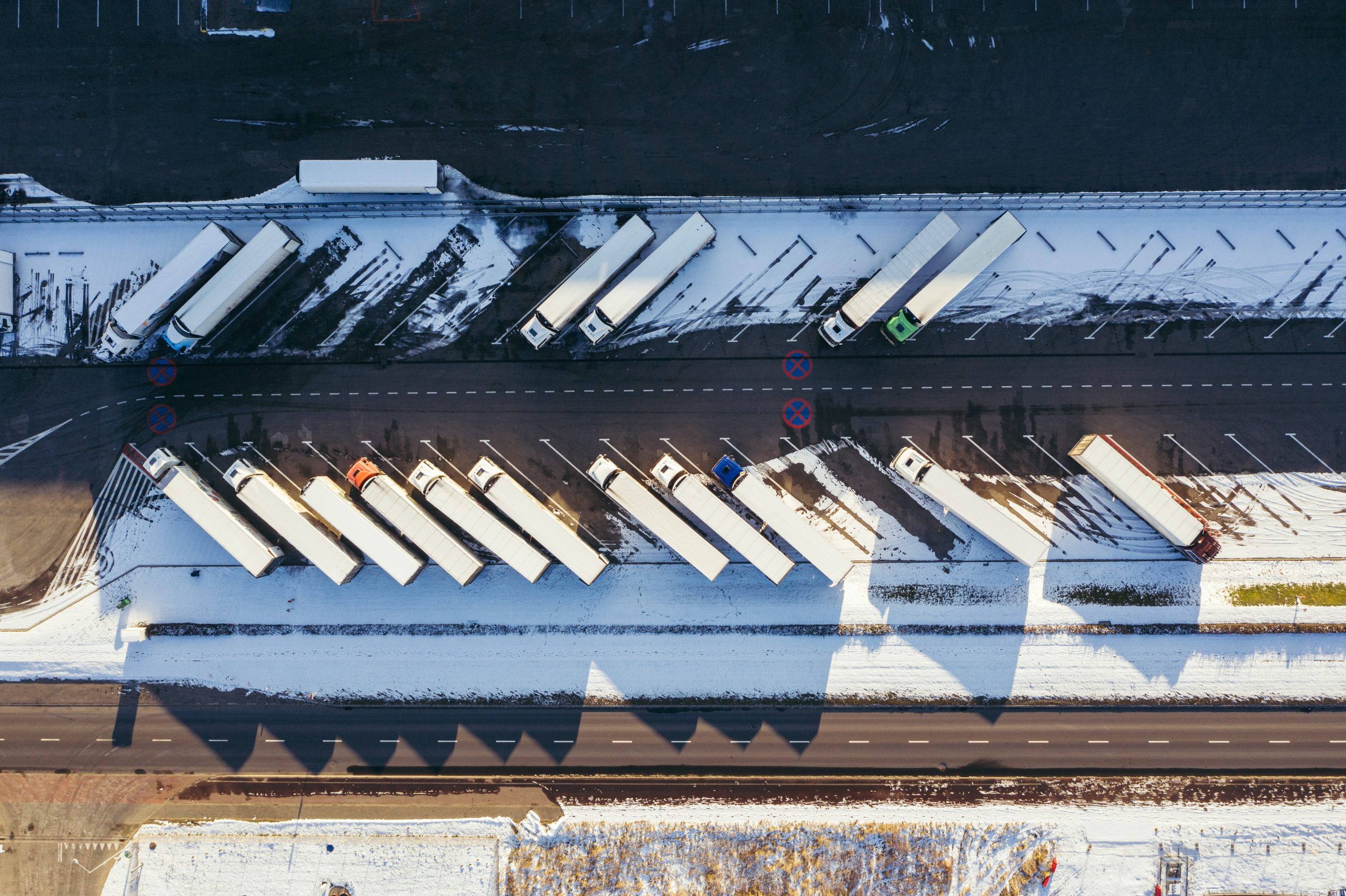Logistics Management, December 12, 2022, Brooks A. Bentz
It has been a very volatile year, complicated by general political and economic instability around the globe. For logistics and supply chain professionals and carrier executives, it’s time to respond and build a coherent, cohesive, flexible and resilient strategy in the face of rapid and continuous change.
Indeed, 2022 has been a chaotic, topsy-turvy period that was quite unlike prior years. The pandemic had a deep and profound impact on most everyone, from carriers and shippers to the economy, government policies, and ultimately the consuming public. And while it’s just about gone, most feel it will loom in our rearview mirror for some time as the year when new patterns started to settle into the logistics landscape.
There were a few distinct changes in behavior stemming from the pandemic that are likely to remain with us: There was a major shift to e-commerce while people were housebound; there was a significant shift in work-a-day habits, with large numbers of people working from home; there were distinct and well-publicized problems in supply chains; and also fairly radical changes in transportation capacity at varying times—across all modes—that disrupted much of the supply chain.
We also saw the difficulties and challenges of achieving virtually full employment, yet having hundreds of thousands of jobs unfilled. The search for talent is driving wages up and the cost of everything else—most notably fuel and the cost of transportation—spiked. This helped drive up the cost of most consumables, from standard lumber to groceries and energy, leading us into a period of rapid inflation we’ve not seen in decades.
On top of this, the change in administration in 2020 saw us commit to major investments in infrastructure, which has been sorely needed. The American Society of Civil Engineers (ASCE) gives an annual grade on how we’re doing. In 2022 it was a C- across all components, with roads receiving a D. There were a couple of bright spots, with ports receiving a B- and rail a B. This was a leap forward from five years ago, in 2017, when the overall grade was a D+, the same as it was in 2001.







